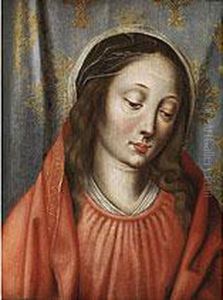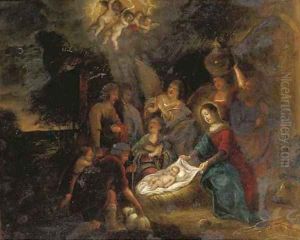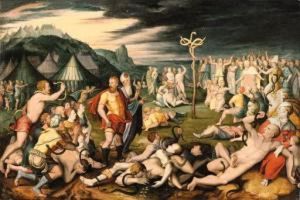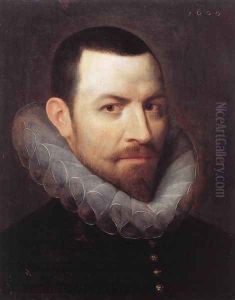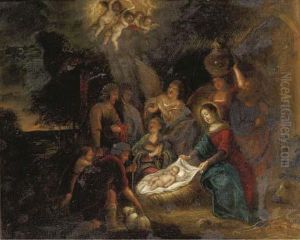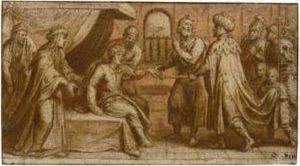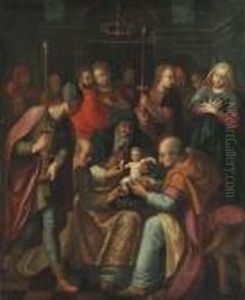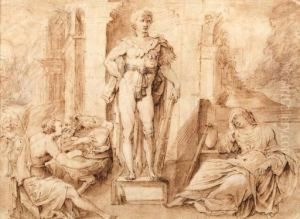Otto van Veen Paintings
Otto van Veen, also known as Otto Venius or Octavius Vaenius, was a Flemish painter, draughtsman, and humanist active primarily in Antwerp and Brussels during the late 16th and early 17th centuries. Born in 1556 in Leiden, in the Dutch Republic, Van Veen was an important figure in the transition from the Renaissance to the Baroque period in Northern European art.
Van Veen was highly educated; he studied classical languages and literature and had a deep appreciation for the antique, which influenced his art significantly. He traveled extensively throughout Italy, where he was influenced by the works of Italian Renaissance masters, and this experience contributed to his development as an artist. After his Italian sojourn, he returned to the Low Countries and became a master in the Antwerp Guild of St. Luke by 1585.
As an artist, Van Veen is best known for his historical and mythological paintings, which are characterized by their learned references, classical composition, and adherence to the principles of the Renaissance. He was also a successful portrait painter and an illustrator of emblem books, where his allegorical and didactic compositions reflect his humanist beliefs.
One of Van Veen's most notable contributions to art history was his role as a teacher to Peter Paul Rubens, who would become one of the leading figures of Baroque painting. Rubens is said to have received significant artistic guidance and learned the classical approach to painting from Van Veen. The influence of Van Veen's classicism is evident in the early works of Rubens, who later evolved his unique and dynamic Baroque style.
Throughout his career, Van Veen enjoyed the patronage of high-ranking nobility and was involved in major decorative projects. He became the court painter to the Archduke Albert VII of Austria and the Infanta Isabella Clara Eugenia of Spain when they ruled the Southern Netherlands. His works during this time included large altarpieces and other religious works which were often imbued with intellectual and symbolic elements.
Otto van Veen passed away in 1629 in Brussels. His legacy lives on through his influence on Rubens and the dissemination of his emblematic and historical works, which continued to be appreciated for their intellectual depth and artistic merit.
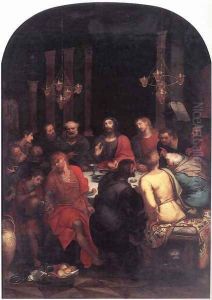


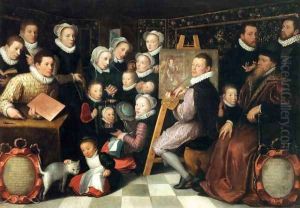







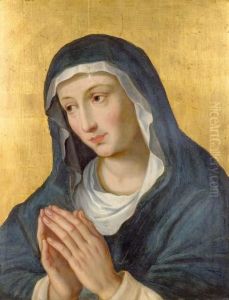



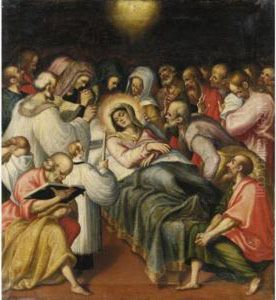









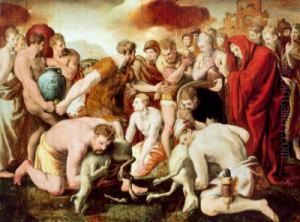

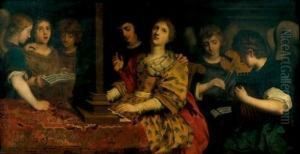


![Vaenius ].- Rencontre Entre La Vierge Et Le Christ](https://www.niceartgallery.com/imgs/1667860/s/otto-van-veen-vaenius-rencontre-entre-la-vierge-et-le-christ-26c6589d.jpg)
![Vaenius ].- Allegorie [l'avarice ?]](https://www.niceartgallery.com/imgs/1667859/s/otto-van-veen-vaenius-allegorie-lavarice--572c888a.jpg)




